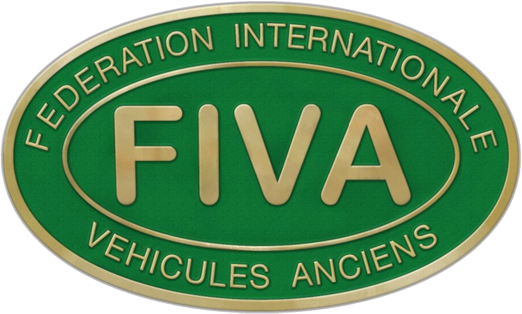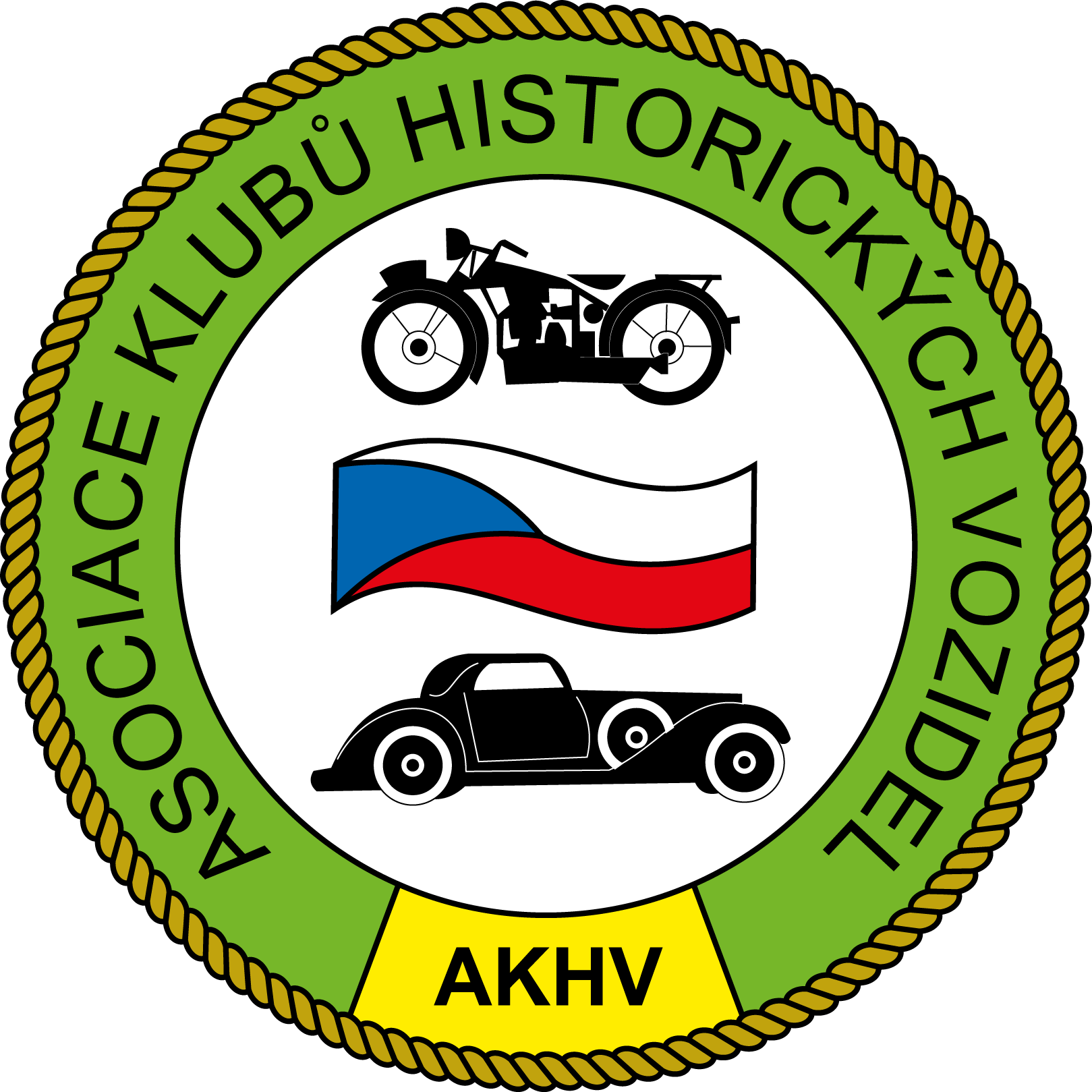The Jawa 500 OHV became the very first motorcycle of the new Jawa company in 1929, founded by the well-known Czech businessman Ing. František Janeček. Upon the establishment of the new company, he understood developing a completely new motorcycle would be too time-consuming. Therefore, he took advantage of the current market situation and purchased not only the license for manufacturing the Wanderer 500 motorcycle from the German company Wanderer but also the complete documentation for the models and all manufacturing equipment. Perhaps out of respect, the name of the new company, Jawa, was derived from the combination of the names “Janeček” and “Wanderer”.
In 1929, the year of its market launch, the Jawa 500 OHV represented a luxurious motorcycle that also featured several interesting technical solutions. At first glance, one would notice, for example, the method of driving the rear wheel, which was achieved through a driveshaft complemented by an external drum brake at the point of exit from the power unit, or the front fork with a trailing arm and leaf spring suspension. These solutions not only represented complex manufacturing but also resulted in a high price for the motorcycle at that time. This generated a relatively narrow circle of customers, leading to the production of just over a thousand units between 1929 and 1931. And that's precisely the reason why this motorcycle is so interesting for collectors today.
Experts and external collaborators of the Restoration Workshop spent many hours working on the machine, especially to replace missing parts and restore the motorcycle to a functional state, which they successfully achieved. An amazing example of "golden Bohemian hands" is, for instance, the production of the front fender.
As for the overall result, the motorcycle, even before the commencement of work, appeared "new" with superb painting due to the previous incomplete unprofessional renovation by Mr. Rybička and his co-workers. However, these works, particularly regarding the painting and several other minor details, significantly deviated from the historical specifications. It was a matter of how to deal with this fact. eventually, it was decided not to alter the visual condition of the motorcycle and thus preserve its historical line, including the previous unprofessional interventions. From the perspective of the principles of the Charter of Turin and perhaps also out of respect for Mr. Rybička, this seemed like a more suitable solution than returning the motorcycle to the state of a new machine but without its history. This also relates to the notice for collectors and restorers: the motorcycle does not fully comply with historical specifications, and it is not advisable to rely on its appearance when restoring the Jawa 500 OHV "Rumpál".






